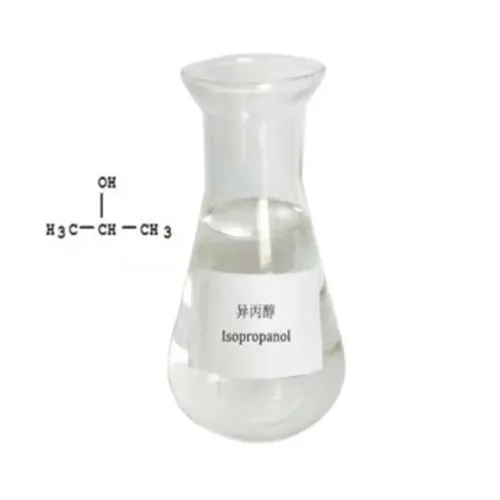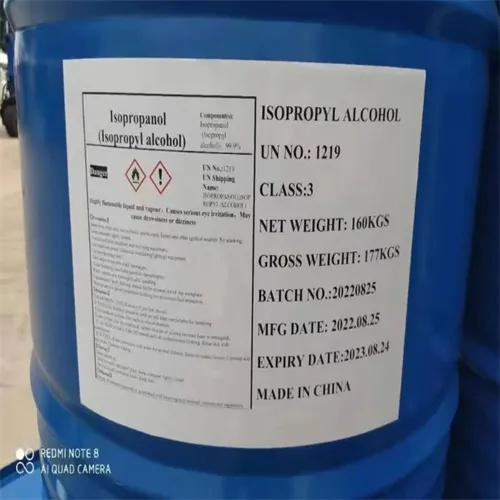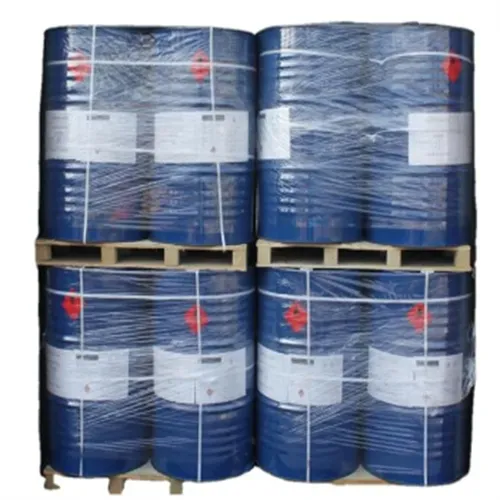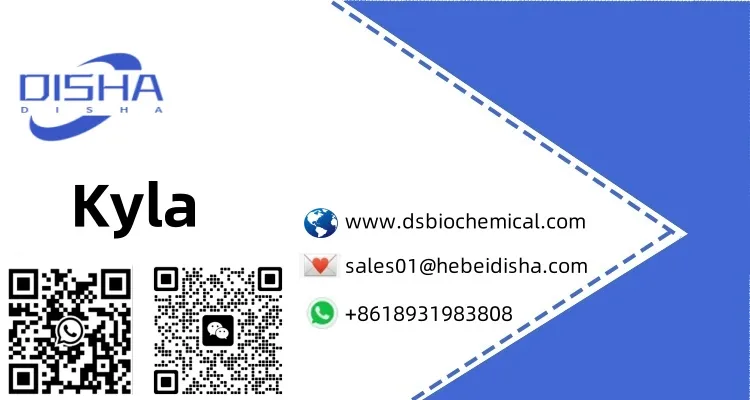Warning: Undefined array key "file" in /home/www/wwwroot/HTML/www.exportstart.com/wp-content/themes/1198/header.php on line 7
Warning: Undefined array key "title" in /home/www/wwwroot/HTML/www.exportstart.com/wp-content/themes/1198/header.php on line 7
Warning: Undefined array key "title" in /home/www/wwwroot/HTML/www.exportstart.com/wp-content/themes/1198/header.php on line 7
- Neeg African
- Albanian
- Amharic
- Arabic
- Armenian
- Azerbaijani
- Basque
- Belarusian
- Bengali
- Bosnian
- Bulgarian
- Catalan
- Cebuano
- Tuam Tshoj
- Tuam Tshoj (Taiwan)
- Corsican
- Croatian
- Czech
- Danish
- Dutch
- Lus Askiv
- Esperanto
- Estonian
- Finnish
- Fabkis
- Frisian
- Galician
- Georgian
- German
- Greek
- Gujarati
- Haitian Creole
- haus
- hawaiian
- Hebrew
- Tsis yog
- Miao
- Hungarian
- Icelandic
- ib igbo
- Indonesian
- irish
- Italian
- Nyiv
- Javanese
- Kannada
- kazakh
- Khmer
- Rwandan
- Kauslim
- Kurdish
- Kyrgyz
- TB
- Latin
- Latvian
- Lithuanian
- Luxembourgish
- Macedonian
- Malgashi
- Malay
- Malayalam
- Maltese
- Maori
- Marathi
- Mongolian
- Myanmar
- Nepali
- Norwegian
- Norwegian
- Occitan
- Pashto
- Persian
- Polish
- Portuguese
- Punjabi
- Romanian
- Lavxias
- Samoan
- Scottish Gaelic
- Serbian
- Lus Askiv
- Shona
- Sindhi
- Sinhala
- Slovak
- Slovenian
- Somali
- Spanish
- Sundanese
- Swahili
- Swedish
- Tagalog
- Tajik
- Tamil
- Tatar
- Telugu
- Thaib
- Turkish
- Turkmen
- Ukrainian
- Urdu
- Uighur
- Uzbek
- Nyab Laj
- Welsh
- Pab
- Yiddish
- Yoruba
- Zulu
Isopropanol
Isopropyl alcohol (IPA), also known as 2-propyl alcohol, is an organic compound, the chemical formula is C3H8O, is the isomer of n-propyl alcohol, colorless transparent liquid, like ethanol and acetone mixture odor, soluble in water, but also soluble in alcohol, ether, benzene, chloroform and most other organic solvents.
Isopropyl alcohol is an important chemical product and raw material, mainly used in pharmaceuticals, cosmetics, plastics, fragrances, coatings and so on.


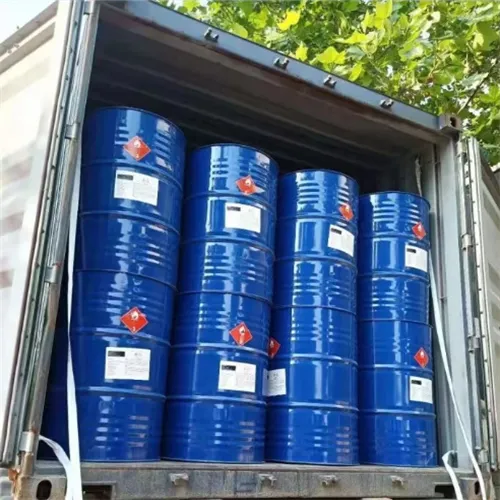

Isopropyl alcohol can be freely mixed with water, has a stronger solubility for lipophilic substances than ethanol.
【 Use 1 】
Mainly used in pharmaceutical, also used as solvent, extractant, antifreeze and so on
【 Use 2 】
Used as an experimental chemical reagent and chromatographic analysis reagent
【 Use 3 】
Isopropyl alcohol is an important intermediate in the production of pesticides, which can produce fungicides such as oryzoline and isoryzoline, insecticidal and acaricidal agents such as aminopropyl, thiophosphorion, methylissalichos, propoxur, Fenvalerate, etc., as well as herbicides such as isopropachlor, and can prepare isopropane bromide and isopropane chloride, which are also important intermediates of pesticides.
【 Use 4 】
Extraction solvent, carrier solvent. GB 2760-1996: Spices for food use temporarily permitted. Used for beet sugar, confectionery, nutritional supplement tablets, hop extract, lemon oil, spice oleoresin, yeast and other processing.
【 Use 5 】
It is widely used as organic raw material and solvent. As a chemical raw material, it can produce acetone, hydrogen peroxide, methyl isobutyl ketone, diisobutyl ketone, isopropylamine, isopropyl ether, isopropyl alcohol ether, isopropyl chloride, fatty acid isopropyl ester and chlorinated fatty acid isopropyl ester, etc. In the fine chemical industry, it can be used to produce isopropyl nitrate, isopropyl xanthate, triisopropyl phosphite, triisopropyl aluminum and medicine and pesticides. As a solvent, it can be used in the production of coatings, inks, extractants, aerosols, etc. It can also be used as antifreeze agent, cleaning agent, additives for blending gasoline, dispersant for pigment production, fixing agent for printing and dyeing industry, anti-fogging agent for glass and transparent plastics, etc.
【 Use 6 】
Solvents for creosote, shellac, resin, gum and nitrocellulose. The solvent of vegetable oil was determined by esterification analysis. Barium, calcium, copper, magnesium, nickel, potassium, sodium and strontium were determined. Determination of potassium content in soil and plants by sodium cobalt nitrite and isopropyl alcohol, extraction of alkaloids, analysis of pesticides, etc. Organic synthesis. Antifreeze solution combination.
Peb muaj ntau lub Hoobkas zoo nrog kev koom tes sib sib zog nqus, uas tuaj yeem muab koj cov khoom zoo thiab cov nqi sib tw. Thiab peb tseem tuaj yeem muab cov luv nqi rau kev yuav khoom ntau.Thiab peb koom tes nrog ntau lub tuam txhab xa khoom xa tuaj, tuaj yeem xa cov khoom lag luam kom nyab xeeb thiab ntseeg nkaws rau koj txhais tes. Lub sij hawm xa tuaj yog li 3-20 hnub tom qab tau txais kev pom zoo ntawm kev them nyiaj.
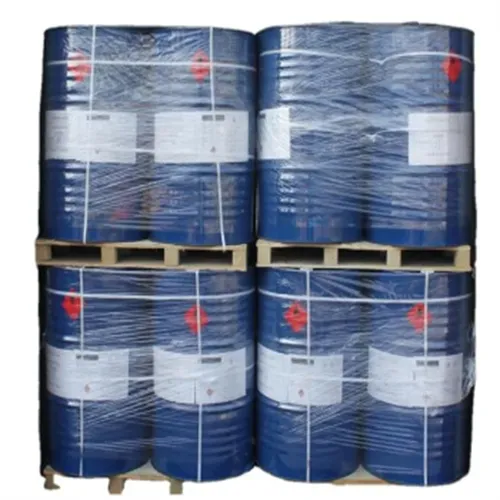
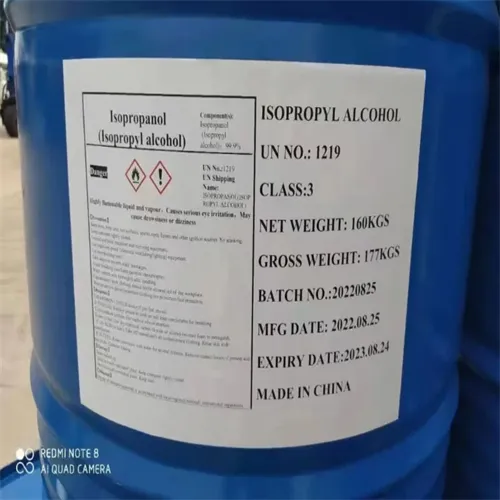

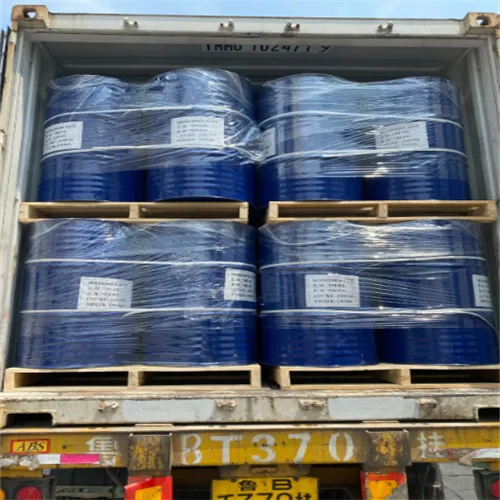
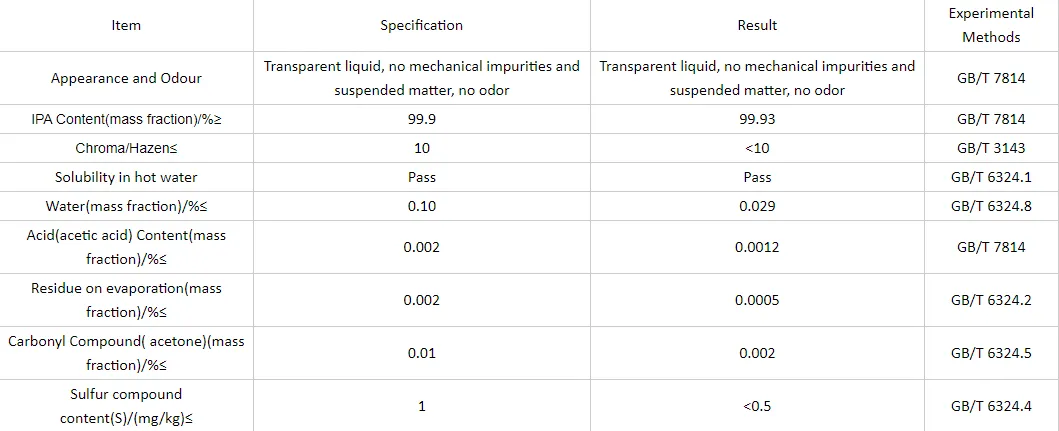
Cleaning and Disinfection: Isopropyl alcohol is known for its excellent cleaning ability and can evaporate quickly from all surfaces, making it very effective for cleaning and disinfecting certain items. Different concentrations of isopropyl alcohol have different uses, such as 100% isopropyl alcohol is usually used to clean windows, remove bacteria, and disinfect surfaces, while 99.9% isopropyl alcohol solution is commonly used in pharmaceutical laboratories, hospitals, and other medical institutions as an efficient disinfectant.
Safety: Despite its wide range of uses, isopropyl alcohol reacts strongly with oxidizing agents and its vapor is heavier than air, diffusing to considerable distances at lower levels and may ignite back on contact with a source of fire. If exposed to high heat, the internal pressure of the container may increase, posing a risk of cracking and explosion.

1. Koj puas yog lub Hoobkas lossis tuam txhab lag luam?
Peb yog ib qho kev sib koom ua ke kev lag luam thiab kev lag luam, muab kev pabcuam ib-nres.OEM tuaj yeem txais.
2. Koj puas muab cov qauv? Puas yog dawb lossis ntxiv?
Cov qauv dawb.Cov qauv tus nqi thauj khoom yuav tsum tau them los ntawm koj sab.
3. Koj puas muaj daim ntawv pov thawj ntsig txog kev tswj xyuas zoo?
ISO 9001: 2008 ntawv pov thawj los xyuas kom meej qhov zoo.
4. Kuv yuav muab dab tsi kom tau txais cov lus hais?
Pls qhia peb txog cov khoom lag luam uas koj xav tau, xaj kom muaj nuj nqis, chaw nyob thiab cov kev xav tau tshwj xeeb.Cov lus hais yuav ua rau koj siv sijhawm.
5. Hom kev them nqi twg koj nyiam? Cov nqe lus twg raug lees txais?
Txais Cov Lus Cog Tseg: FOB, CFR, CIF, EXW;
Txais Nyiaj Them Nqi: USD;
Hom Kev Them Nyiaj: T / T, Western Union; Paypal, Trade Assurance.
Lus Hais: Lus Askiv.
Cov khoom qeb
-
 Apr . 27, 2025Zibo will host the 2025 International Chemical ExpoZibo, a city known for its thriving chemical industry, will host the 2025 Zibo International Chemical Expo from May 16 to May 18, 2025. This highly anticipated event aims to bring together industry leaders, innovators and stakeholders from around the world to explore the latest advancements and trends in the chemical industry.
Apr . 27, 2025Zibo will host the 2025 International Chemical ExpoZibo, a city known for its thriving chemical industry, will host the 2025 Zibo International Chemical Expo from May 16 to May 18, 2025. This highly anticipated event aims to bring together industry leaders, innovators and stakeholders from around the world to explore the latest advancements and trends in the chemical industry. -
 Apr . 22, 20252025 Yokohama Cosmetics Raw Materials and Technology ExhibitionYOKOHAMA, Japan – The City of Yokohama is preparing to host the much-anticipated Cosmetics Ingredients & Technologies 2025 from May 14 to May 16, 2025. The premier event is expected to attract industry professionals, innovators and enthusiasts from around the world to showcase the latest advancements in cosmetic ingredients and technologies.
Apr . 22, 20252025 Yokohama Cosmetics Raw Materials and Technology ExhibitionYOKOHAMA, Japan – The City of Yokohama is preparing to host the much-anticipated Cosmetics Ingredients & Technologies 2025 from May 14 to May 16, 2025. The premier event is expected to attract industry professionals, innovators and enthusiasts from around the world to showcase the latest advancements in cosmetic ingredients and technologies. -
 Apr . 18, 20252025 India Mumbai Fine Chemicals ExhibitionMUMBAI, India – The bustling metropolis of Mumbai is gearing up to host the much-anticipated Fine Chemicals Expo on April 29-30, 2025. The premier event is expected to attract industry leaders, innovators and stakeholders from across the world to showcase the latest advancements in the fine chemicals sector.
Apr . 18, 20252025 India Mumbai Fine Chemicals ExhibitionMUMBAI, India – The bustling metropolis of Mumbai is gearing up to host the much-anticipated Fine Chemicals Expo on April 29-30, 2025. The premier event is expected to attract industry leaders, innovators and stakeholders from across the world to showcase the latest advancements in the fine chemicals sector.


